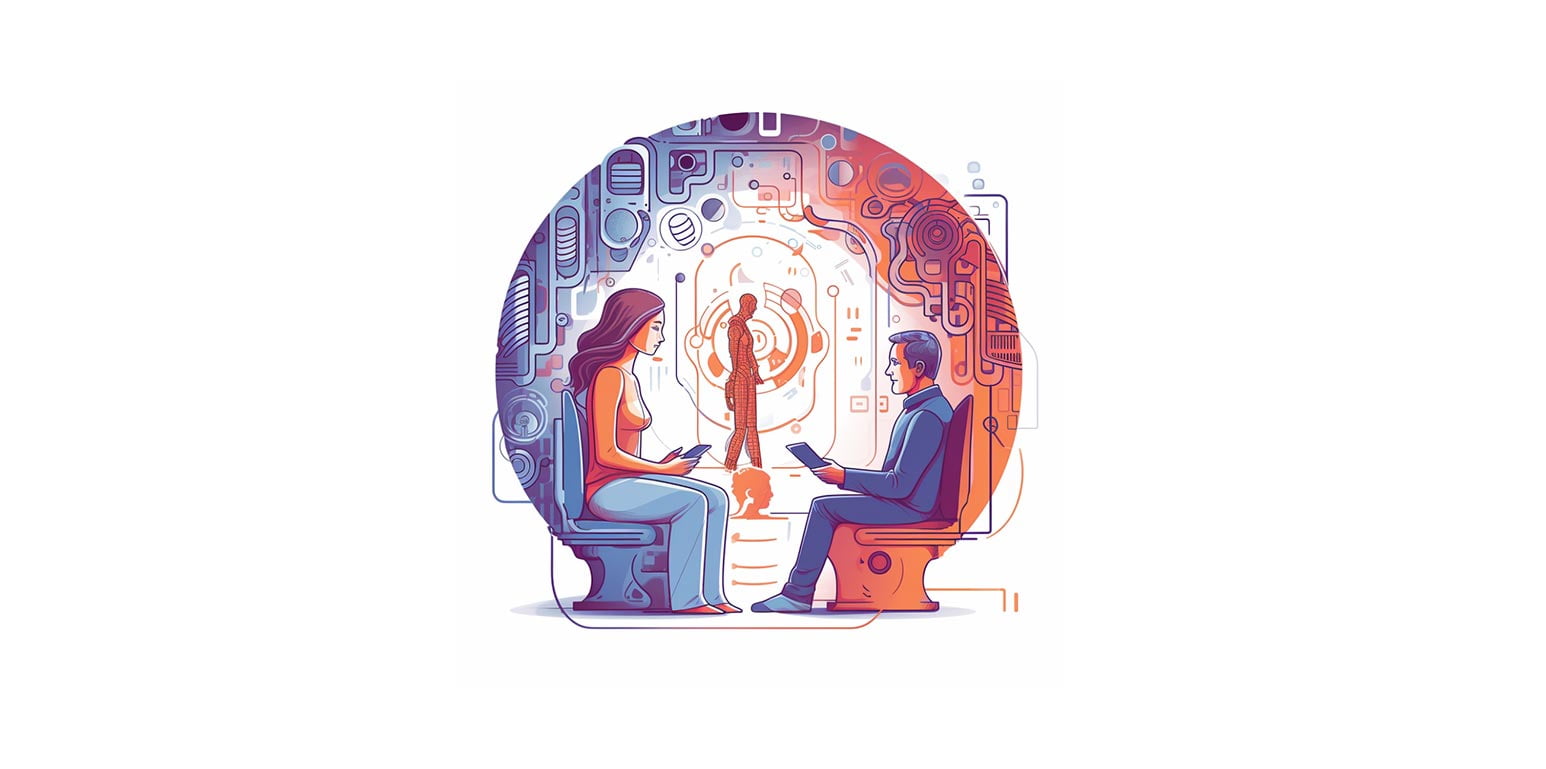
It’s evident that Artificial Intelligence (AI) is a dominant force that is transforming many industries, including design… In recent years, AI has emerged as a powerful tool, empowering designers to push the boundaries of creativity and efficiency. From streamlining workflows to generating innovative ideas, AI is revolutionizing the design process, unleashing new possibilities and transforming how we approach visual aesthetics. This article explores the remarkable ways AI is helping designers and revolutionizing the design field.
Automating Repetitive Tasks
Designers often find themselves caught up in mundane and repetitive tasks, such as resizing images, adjusting layouts, or creating design variations. AI-powered tools are stepping in to alleviate this burden by automating these routine tasks. With AI, designers can now focus their valuable time and energy on the more creative aspects of their work, enabling them to deliver high-quality designs faster.
Enhancing Creative Exploration
AI models and algorithms are increasingly used to analyze vast amounts of data, including design trends, user preferences, and market insights. By processing this data, AI can generate valuable insights and suggestions, acting as a guiding force in the creative exploration phase. Designers can leverage AI-powered tools to explore new design directions, uncover unique inspirations, and better understand their target audience, leading to more effective and captivating designs.
Improving Design Personalization
Personalization has become key to successful design as people increasingly seek tailored experiences. AI plays an important role in achieving this level of personalization by analyzing user data and creating customized design solutions. Whether it’s personalized product recommendations or dynamically generated interfaces, AI enables designers to deliver highly personalized experiences that resonate with individual users, ultimately enhancing user satisfaction and engagement.
Assisting in Design Collaboration
Design is rarely a solitary endeavor, often requiring collaboration among team members or across different disciplines. AI-powered collaboration tools are transforming the way designers work together, facilitating seamless communication and streamlining the collaboration process. From real-time feedback and version control to intelligent project management, AI tools are enhancing collaboration, enabling designers to work more efficiently and harmoniously as a team.
Augmenting Design Expertise
Designers are experts in their craft, but AI has the potential to augment their expertise and expand their capabilities. By leveraging AI-powered design assistants, designers can tap into vast knowledge repositories, access design best practices, and receive intelligent suggestions. These tools act as virtual partners, complementing designers’ skills and providing valuable insights that can push the boundaries of creativity and innovation.
Improving Accessibility and Inclusivity
Design should be accessible to everyone, regardless of their physical or cognitive abilities. AI is playing a pivotal role in improving accessibility and inclusivity in design. With AI-powered tools, designers can automate the process of generating alternative text for images, ensuring that visually impaired individuals can comprehend and engage with visual content. Additionally, AI can assist in designing interfaces that are intuitive and user-friendly for individuals with varying levels of digital literacy.
Accelerating Iterative Design
Iterative design, with its constant cycle of feedback and refinement, is a fundamental aspect of the design process. AI tools are speeding up this iterative loop by automating the generation of design variations and prototypes. Through rapid prototyping and testing, designers can receive real-time feedback, make data-driven decisions, and iterate on their designs faster than ever before. This accelerated process allows for more experimentation and ultimately leads to more refined and successful design outcomes.
Unleashing Creative Possibilities
Perhaps the most exciting aspect of AI’s impact on design is its ability to unlock new creative possibilities. AI algorithms can generate novel design concepts that push the boundaries of human imagination. By combining data-driven insights with innovative algorithms, AI can propose design solutions that designers might never have considered, sparking new ideas and approaches. This collaboration between human designers and AI opens up a realm of unexplored creative potential, resulting in designs that are truly groundbreaking and awe-inspiring.
Artificial intelligence is revolutionizing the field of design in remarkable ways. From automating repetitive tasks to enhancing creative exploration, AI is empowering designers to unleash their creativity and efficiency like never before. With AI as a collaborative partner, designers can amplify their expertise, improve design personalization, and accelerate the iterative design process. Furthermore, AI is making design more accessible and inclusive, ensuring that everyone can benefit from well-designed experiences.
As AI evolves and advances, designers must embrace this transformative technology and harness its power. By integrating AI into their design workflows, designers can unlock new levels of innovation and elevate their creative output. The future of design is a harmonious partnership between human ingenuity and artificial intelligence, leading to breathtaking designs that captivate and inspire us all. So, let’s embrace the AI revolution and embark on an exciting journey of limitless design possibilities.